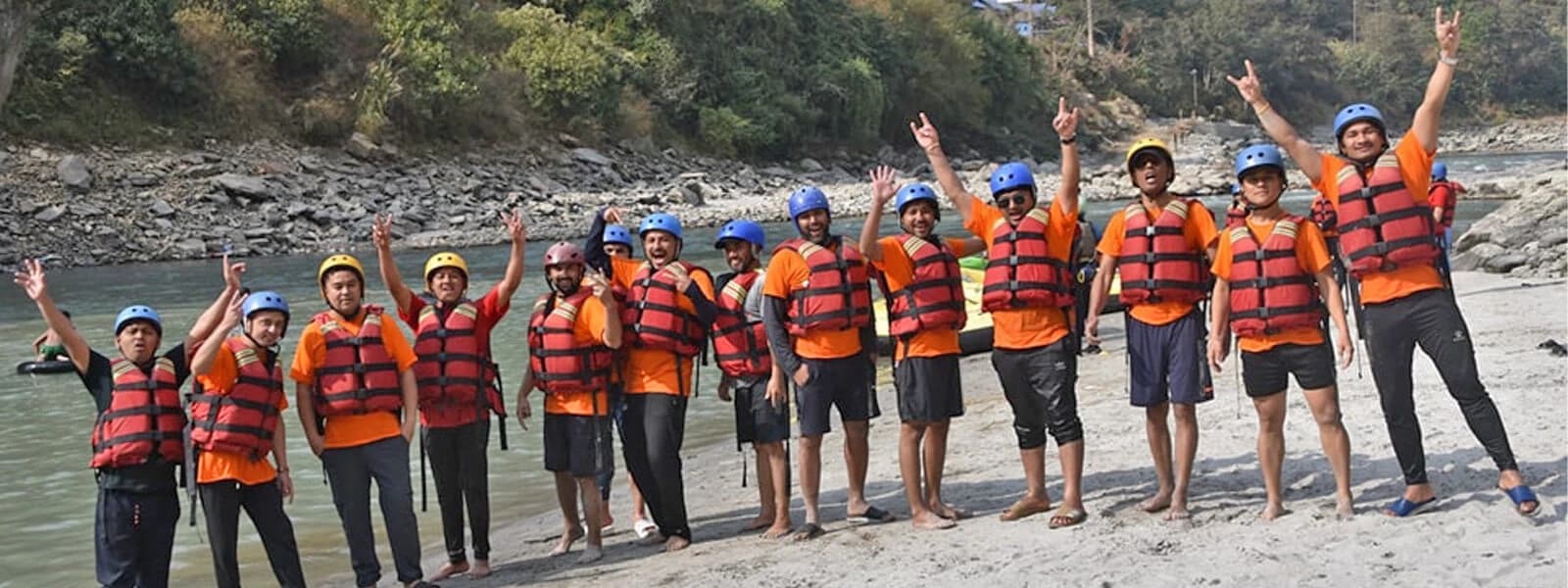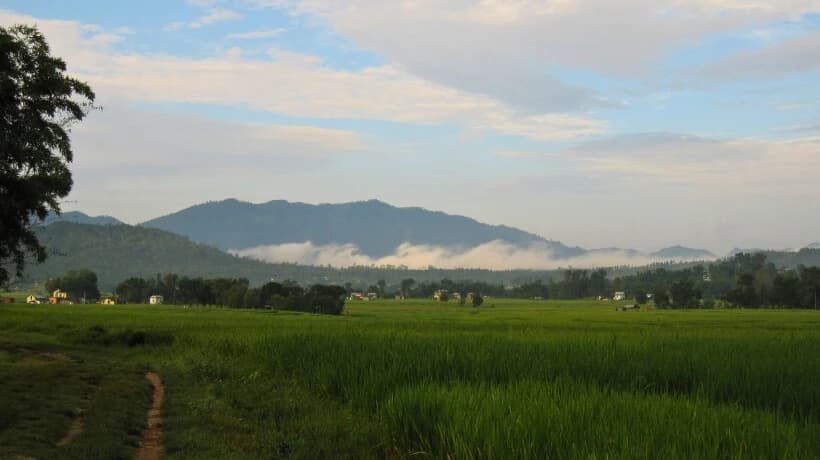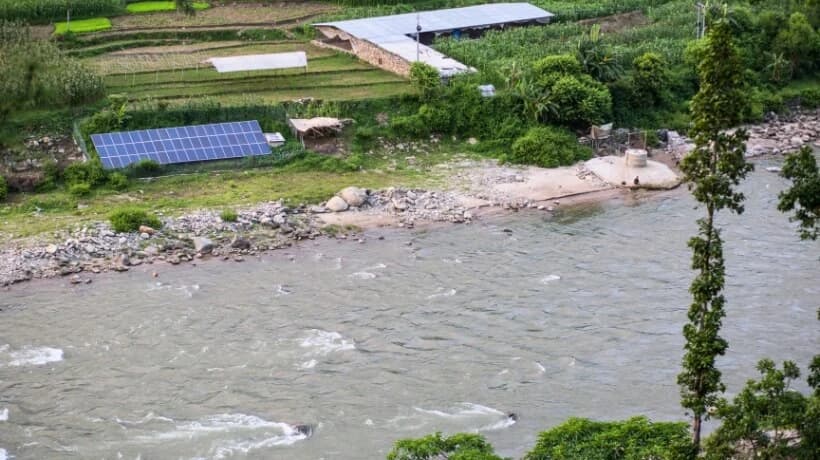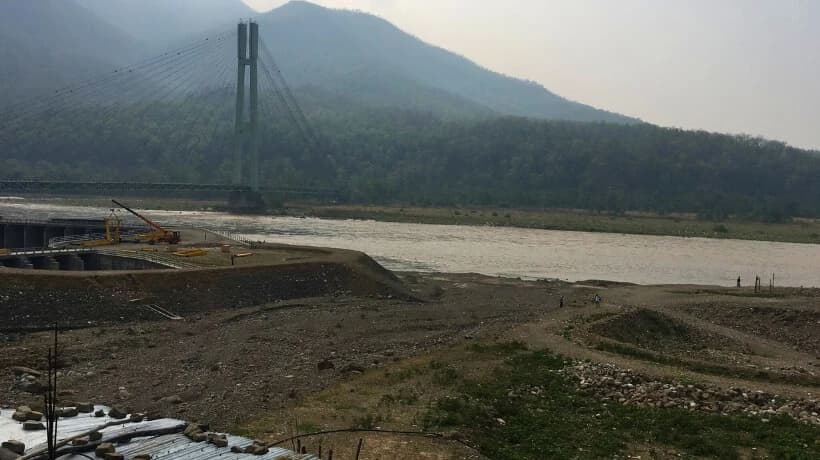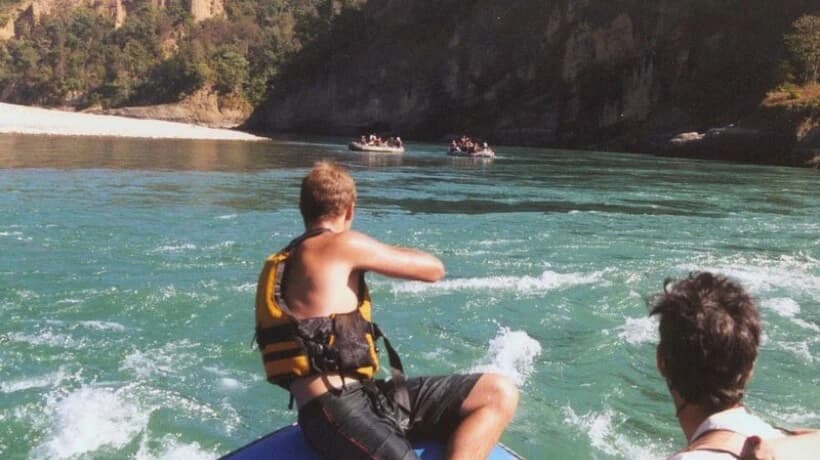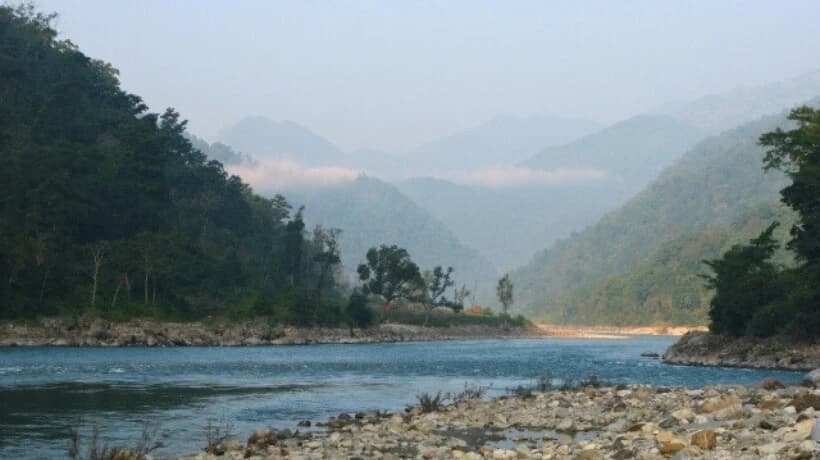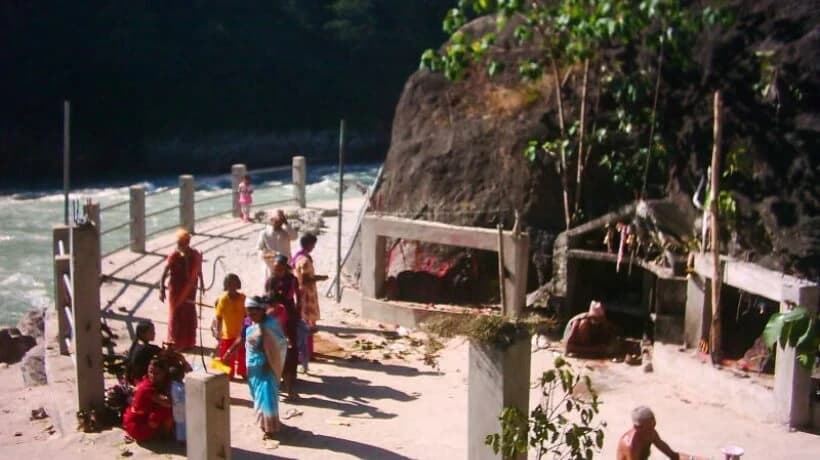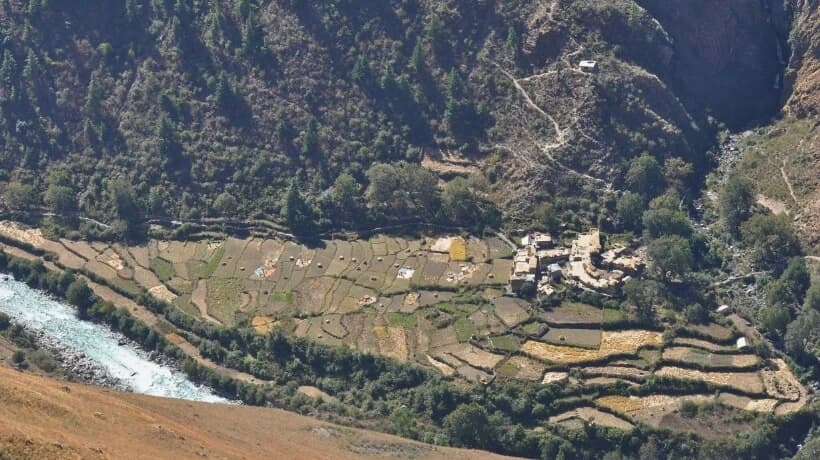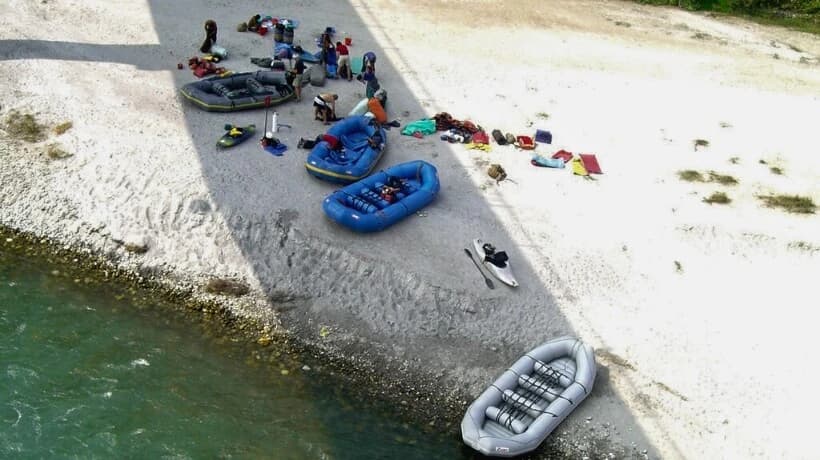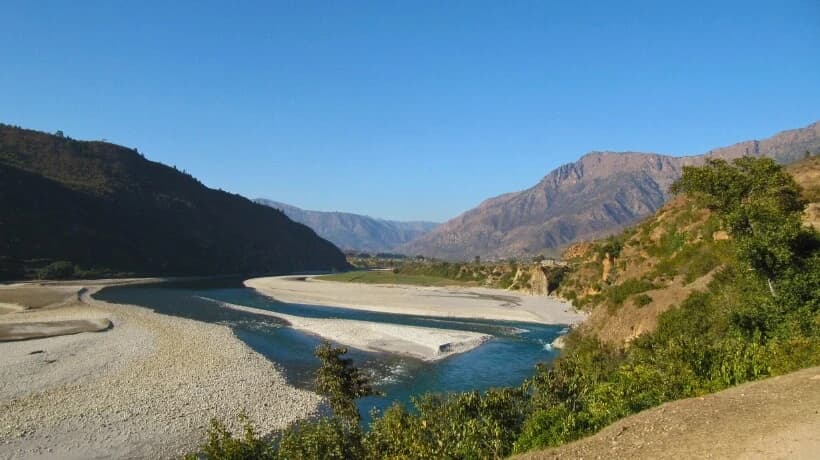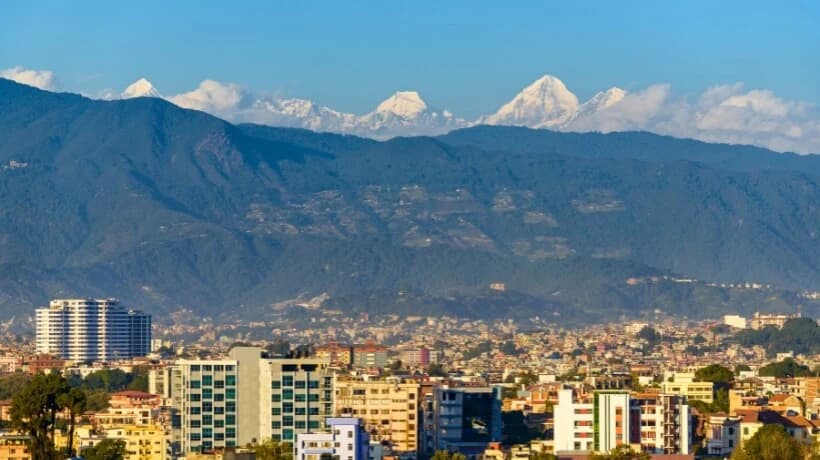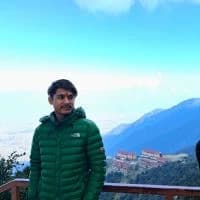For multi-day rafting Regulus Suggests its guests Karnali River Rafting. It is rafting in the wilderness where you get the opportunity to spend life in some of the remote destinations of Nepal. Karnali River is the longest and largest river in Nepal. The dense jungles, rich in biodiversity, villages with unique traditions and cultures, and sharing experiences with the ethnic group in a remote area are some of the highlights of Karnali River Rafting.
Highlights
- Epic whitewater rapids combined with relaxed float
- Dramatic variety of intensely remote and pristine scenery
- Awesome whitewater in combination with a gentle float trip
- One of the most remote river expeditions in Nepal
- Taking out at Bardia National Park, Nepal's largest jungle park
- A 7 km gorge - basically one really long rapid!
Karnali River Location
Karnali is located in the Far Western Development Region of Nepal. It (Karnali Zone) is also known as Wild West in Nepal. The government of Nepal recently gave permission for rafting in the Karnali River. So, from this perspective, it is regarded as a virgin site for rafting where there are lots of things to explore.
Karnali is one of the popular rivers of Nepal that flows from Tibet. Mount Kailash is the source of the Karnali River. It is regarded as a sacred river in Tibet. The river cuts Himalayan landscapes and flows at rapid speed through various gorges and canyons before reaching the Western Part of Nepal.
Best Season For Rafting Karnali River
Among experienced rafters and kayakers, Karnali is the much-preferred destination. Adventurers after experiencing Karnali Rafting simply agree that it is authentic river rafting where you fight against all the odds to enjoy the ultimate thrill and excitement. Rafting here also gives you an opportunity of fishing where you will get big fish.
The best time to enjoy the rafting in Karnali river is mid of the month October to the end of November and from the month of April to June.
Some facts about Karnali River Rafting
Put-In Dungeswar (17 hours drive from Kathmandu)
Take-Out Chisapani (13 hours drive back to Pokhara)
One can catch a flight from Kathmandu to Nepaljung, where you will meet your rafting crew at the airport. It is mostly preferred to make the trip shorter with a 5-hour drive to the put-in.
The other side of Karnali river rafting is that after the adventure you can enjoy Jungle Safari in Bardia National Park where one can witness one of the endangered species of wild animals—the Royal Bengal Tiger.
For Karnali rafting price do contact us because the price depends on the number of rafters, duration of time, and which way to go to Karnali.


